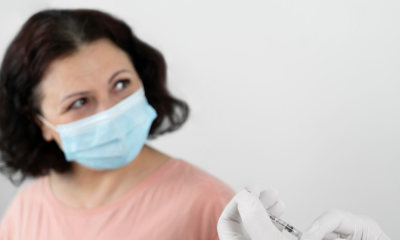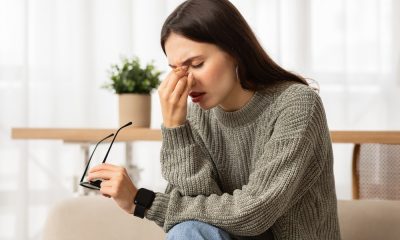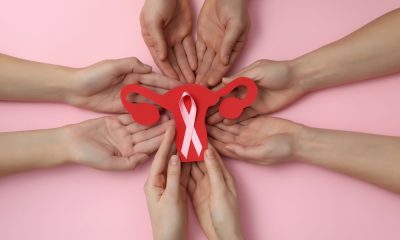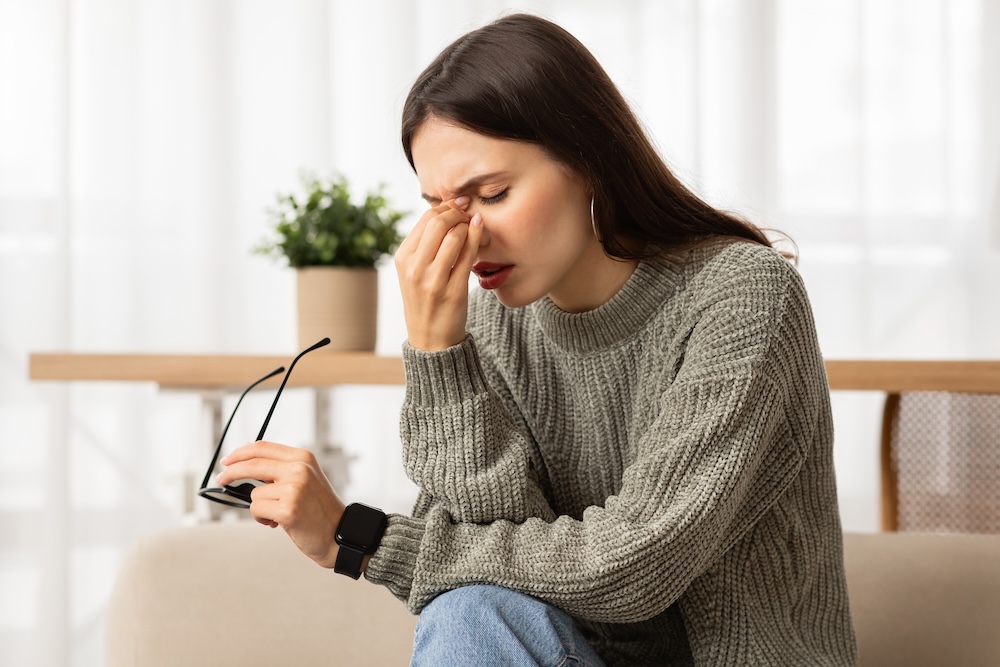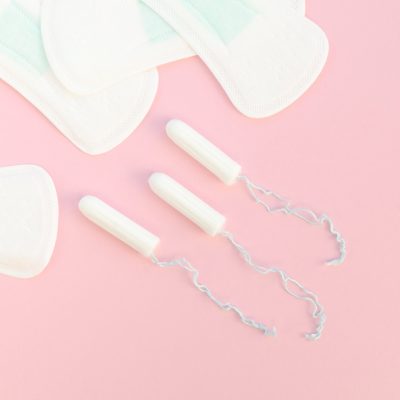Diagnosis
Study uncovers protective function of morning sickness

Morning sickness symptoms such as nausea and food aversions are linked to healthy inflammatory responses that help protect both mother and fetus during pregnancy, new research shows.
Up to 80 per cent of early-stage pregnant women experience nausea, vomiting and aversions to certain foods or smells.
Researchers say these symptoms point to a delicate immune balance rather than health problems.
The responses appear to be part of the body’s mechanism for tolerating the half-foreign fetus while avoiding potentially harmful substances.
UCLA researchers studied blood samples from 58 Latina women in Southern California, measuring cytokines — proteins that regulate immune responses — while tracking morning sickness symptoms through questionnaires.
Sixty-four per cent reported odour or food aversions, mainly to tobacco smoke and meat. Sixty-seven per cent experienced nausea and 66 per cent vomiting.
Women with aversions to tobacco smoke showed a stronger shift toward inflammatory responses. Nausea, vomiting and food aversions were also tied to more pro-inflammatory immune activity.
Molly Fox, UCLA anthropology professor and corresponding author, explained the challenge for the immune system in pregnancy.
She said: “During pregnancy, a mother’s immune system faces a tricky challenge: it has to protect both her and the fetus from infection, but without accidentally attacking the fetus, whose genetic identity is half-foreign because it is half derived from the father.
“Normally, the immune system attacks anything that seems foreign, so in pregnancy, it has to carefully adjust to keep the fetus safe while still defending against infection.”
The researchers believe this immune balance protects mother and fetus while behavioural responses — such as avoiding certain foods — add another safeguard, especially in the first and second trimesters.
Daniel Fessler, UCLA anthropology professor and co-author, stressed the protective role of these symptoms.
He said: “Nausea, vomiting or aversions to foods or smells are not indications that something is going wrong for the mother or the fetus.
“It’s likely an indication that everything is moving along normally, and a reflection of the body’s healthy and helpful immune response.”
Fox noted that human pregnancies face unique challenges.
In many mammals, the fetal compartment has barriers separating it from the mother’s blood supply, where her immune cells are.
But in humans, we have a unique setup — fetal cells are bathed in maternal blood. Humans have the most invasive of all placentas, burrowing deep into maternal tissue.
So humans need unique strategies to prevent the mother’s immune system from attacking the fetus.”
Fessler added that these responses may be evolutionary adaptations.
The researcher said: “Nowadays, you will see labels on packages of ground beef or soft cheese that warn pregnant women to be cautious about these products because of the risks of foodborne illness during pregnancy.
“Aversions to certain odours and foods, and nausea and even vomiting, appear to be evolution’s way of achieving that same objective.”
The team said their findings could help reinforce the idea that nausea and vomiting are normal pregnancy symptoms with biological roots, potentially supporting calls for workplace adjustments and reducing stigma.
Wellness
Researchers develop nasal therapeutic HPV vaccine

Researchers have created a therapeutic HPV vaccine delivered through the nose that could offer a non-invasive treatment for cervical cancer.
Screening for HPV and preventive vaccines lower risk, but there are no approved therapies for existing HPV infections or HPV-linked cancers.
Current treatments include surgery, radiotherapy and chemotherapy.
Researchers from Chiba University, Japan, led by associate professor Rika Nakahashi-Ouchida and Ms Hiromi Mori of Chiba University Hospital, have developed an intranasal therapeutic option.
Unlike injectable vaccines, nasal vaccines trigger immunity at the mucosal surface — the protective lining of the upper airway.
This mucosal response can also protect distant sites, including the reproductive tract.
Building on earlier work showing nasal immunisation can elicit strong genital-tract responses against herpes simplex virus type 2, the team used cationic nano-sized hydrogel particles (cCHP nanogels) to deliver HPV antigens to nasal tissues.
These positively charged spheres adhere to the negatively charged nasal surface and slowly release antigens, which prompt an immune response.
Nakahashi-Ouchida said: “We have developed an intranasal therapeutic vaccine as a non-surgical alternative to conventional treatments that can compromise women’s quality of life.
“This novel nasal vaccine activates the mucosal homing pathways of lymphocytes, allowing it to trigger an immune response in the cervical mucosa, a site from the nasal administration.”
The formulation targets the E7 oncoprotein from HPV16, which inactivates pRb, a key tumour suppressor.
To strengthen responses, the researchers added cyclic-di-AMP, an adjuvant that boosts T-cell-mediated immunity so T cells can attack infected or cancerous cells.
The resulting cCHP-E7 + c-di-AMP showed what the researchers describe as strong anti-tumour activity in mice and macaques. In mouse models, it significantly slowed tumour growth versus controls.
In macaques, a nasal spray device (usable in humans) delivered four doses.
Vaccinated animals developed high levels of E7-specific helper and killer T cells producing molecules linked to tumour control; controls did not.
Immune activity was detected in cervical tissue, and E7-specific killer T cells persisted for at least four months, suggesting lasting defence.
According to the World Health Organization, cervical cancer caused an estimated 660,000 new cases and 350,000 deaths in 2022.
If proven safe and effective in humans, intranasal therapy could offer a non-invasive, fertility-preserving alternative to surgery for some patients.
The cCHP nanogel platform may also support nasal vaccines against other pathogens and wider clinical uses.
Nakahashi-Ouchida said: “Immunotherapies such as intranasal therapeutic vaccines may help establish a new category of non-invasive treatment.
“These approaches could be extended to recurrence prevention and chronic disease management, offering patients safer and more accessible options.”
Hormonal health
Study reveals why women more likely to get severe long Covid
Features
Half of countries lack endometriosis care policies
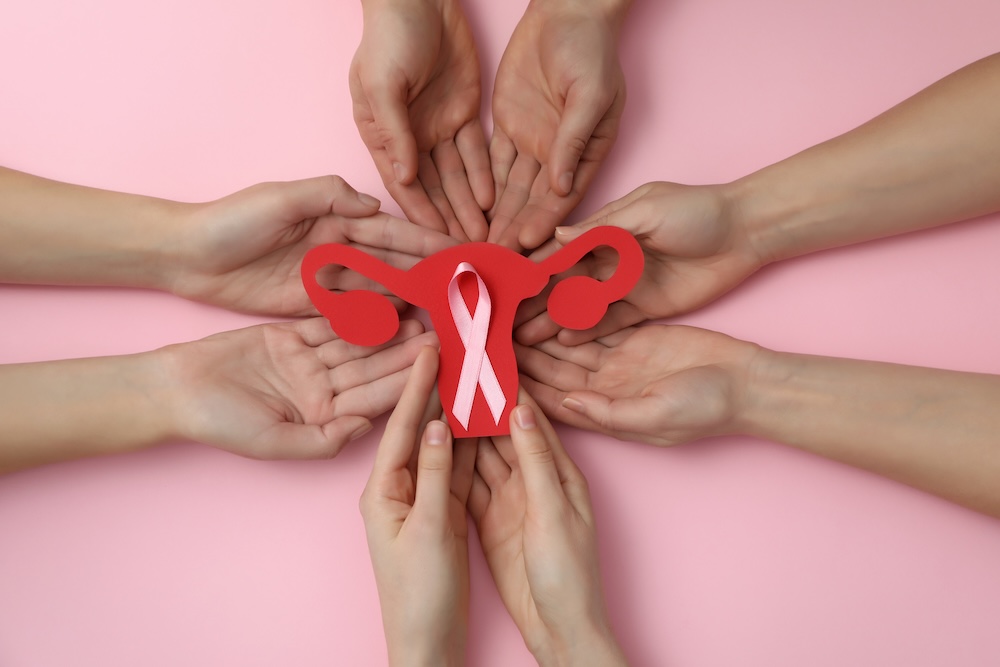
Nearly half of countries lack national policies or clinical guidance for endometriosis care, a new global review has revealed.
Endometriosis affects about one in ten women and girls worldwide. Across 194 WHO member states, researchers found striking disparities in care.
More than a quarter of countries have no publicly available clinical recommendations, and only 7 per cent have government-endorsed care guidelines.
In many places, the only guidance comes from informal sources such as advocacy sites or social media, leading to inconsistent care.
Europe had the widest guideline availability, while many low- and middle-income countries had little or none.
Devon Evans, assistant professor at the University of Manitoba, said: “Our findings show that many people living with this chronic condition are navigating care in regions where no official recommendations exist.”
A companion analysis reported that half of all countries had no policy information available.
Ninety-six countries recognised endometriosis as a national problem, 48 put it on the political agenda, and 12 adopted policies for a national strategy.
Notable examples include national action plans in Australia and France that are being implemented and evaluated.
Tatjana Gibbons if from the University of Oxford’s Nuffield Department of Women’s & Reproductive Health.
Gibbons: “Despite increasing awareness of endometriosis, addressing the challenges faced by those living with the condition requires coordinated national strategies developed in collaboration with policymakers, advocates and patients themselves, to reduce its global burden.”
The authors called for governments, medical societies and patient groups to collaborate on clear, region-specific care standards to cut diagnostic delays, improve quality of life and ensure equitable access to treatment.
An accompanying editorial urged a shift “from awareness to action”, with WHO noting the condition’s physical, mental and socioeconomic impact and the need to demonstrate that policies and guidelines translate into real-world improvements.
-

 Hormonal health3 weeks ago
Hormonal health3 weeks agoDozens of women report suffering painful burns after using Always sanitary towels
-

 News4 weeks ago
News4 weeks agoCutting through the noise in femtech – key takeaways from Women’s Health Week 2025
-
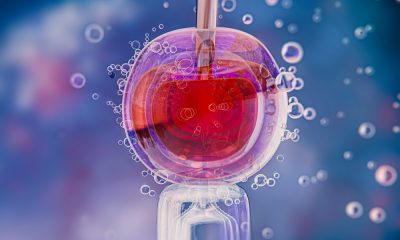
 News3 weeks ago
News3 weeks agoAI embryo selection tool wins European approval
-

 Wellness5 days ago
Wellness5 days agoOpinion: Not ‘just stress’ – How hormonal changes affect women’s brain function
-
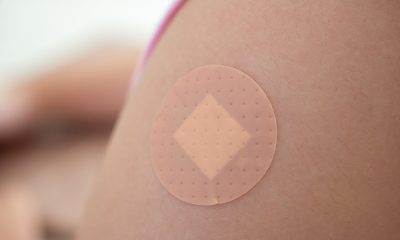
 Hormonal health3 weeks ago
Hormonal health3 weeks agoTestosterone patch shows promise for menopausal women
-

 News4 weeks ago
News4 weeks agoScientists develop breakthrough approach to detecting endometriosis in menstrual blood
-

 Features2 weeks ago
Features2 weeks agoFrom SEO to GEO: How women’s health brands can get found in the age of AI
-

 Wellness3 weeks ago
Wellness3 weeks agoFDA approves new menopause drug to treat hot flashes and night sweats




